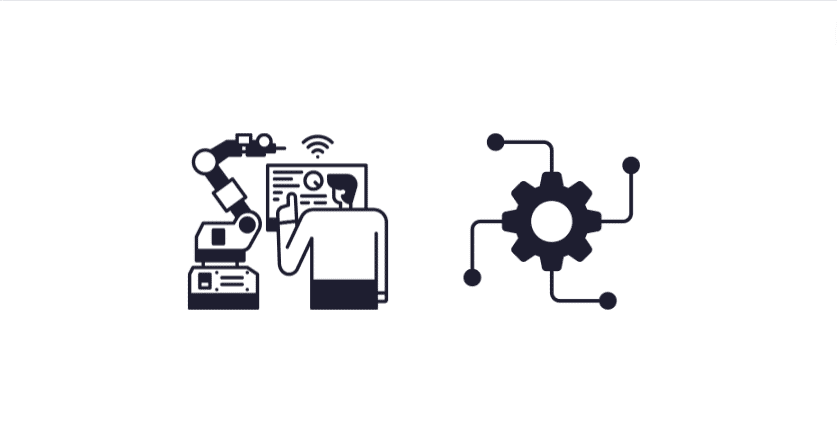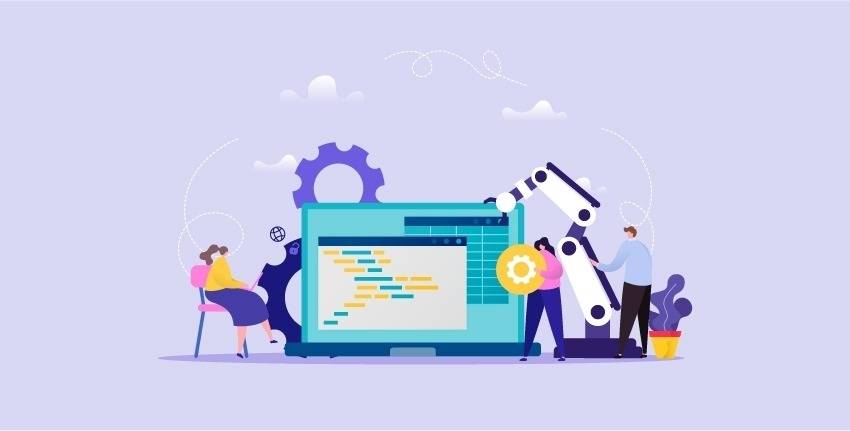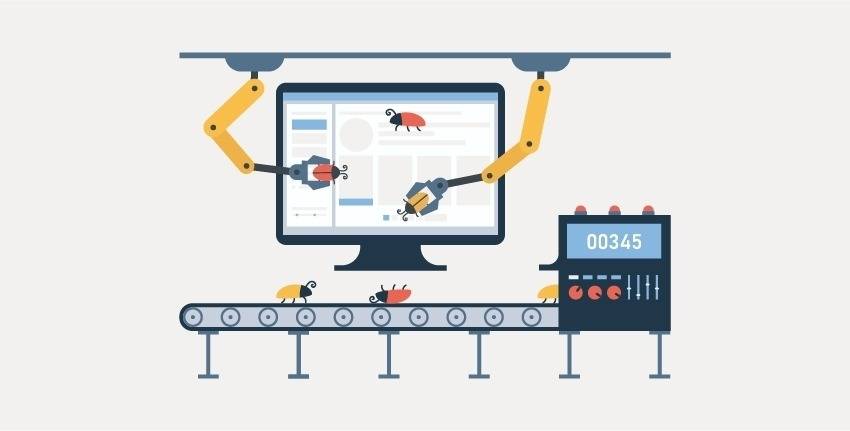What makes us human beings? Is it the dollars in our pockets or is that we can enact as per our will? Is it the skyscrapers we’ve constructed or is it that we believe in emotions? Is it the technological advancements or is it something we cherish and term as friendship? Of course, the latter. While these analogies might be too much for our today’s fast-paced cruel world, maxims, like such, are true to the core. Case in point, while many might believe that Manual Testing is an old game now, some use the ‘disadvantage of speed’ and turn it into their strength.
Manual Vs. Automated
With Automated testing and Agile methodologies taking a toll on the software testing world, it is a fear among old school testers, or maybe fear is too harsh a word, and worry is the right fit, that it might be too much to learn given the constraints of finances and investment from companies. But it isn’t the case. Manual Testing is here to stay and can not be overtaken by the likes of Automated Testing, Agile testing, waterfall, or any other methodologies to follow in the future.
Reasons galore
Here are some ways how Manual Testing is reshaping Software Testing for the better.
1. Automated testing for processes, not humans
Automated testing takes out the long, tedious tasks from a tester’s schedule once deployed, and while that is a big advantage, it should be seen as an even bigger opportunity. Testers get more time to work with the software manually and test it with perfection without having to worry about coding, verification, etc. Saving time from repetitive tasks during software testing means that manual testers can focus solely on software coverage and designing better test cases.
2. Humans, after all
While Automation removes extra tasks out of a tester’s way, it is always him/her, who would have the right set of skills and experience to overpower any algorithms in terms of software testing. With better strategy and processes, the human mind is able to adapt and deal with software issues in a better manner. UI/UX experience is one example where automation is not the way to go. Computer and advanced machines can only mimic the testing again and again, while humans can adapt according to the situation and bring more creative and robust change.
3. Expensive Automation
Although there has been growth in the industry, yet the prices of some of the leading Automation testing tools are not cheap, given, yes, that there are some free as well. There are, apart from that, operational and management costs that take place, and small companies or small projects cannot manage such expenses. Testers with basic skills is not something one needs when automation is in the scope, so it is even more expensive to pay experienced testers.
4. Changes that occur swiftly
Script modifications and changes are very difficult to keep track of and often the automated testing falls flat when it comes to sprints. So, while one may be short on delivery time, one may be resolving defects that are no longer relevant and required.
5. Bugs that are new
Manual Testing is a better option where there are defects and bugs anew. Exploratory testing is what can help testers keep track of and monitor such defects and helps one improvise accordingly and with the help of defect management tools.
6. Devices all around
With the Device compatibility issues, one cannot rely on automated scripts. There are multiple devices with different specifications and some can have a different approach in regard to others. That is why mobile devices are better checked manually with testers.
7. Test Scripts that change
With Agile, and Agile testing, being ever-so-vibrant, there is a comprehensive method to change which results in changes in product flow, interface, etc. which means that the automated test scripts are written again each time.
Conclusion
Will e-books and tabs replace hardback books, will streaming services like Netflix or ABC replace cable network and dish antennas, and will Automated testing replace Manual testing? The debate will linger on for a number of years, maybe even decades, but one thing is for sure, that somehow when Jack Ma debated Elon Musk about human involvement and AI (interview is on YouTube), it is made clear that humans are going to stay a pivotal element in this all. Manual testing with different shapes and elements will stay for longer than anticipated by many, and we can enjoy the fruits of adaptation.


























